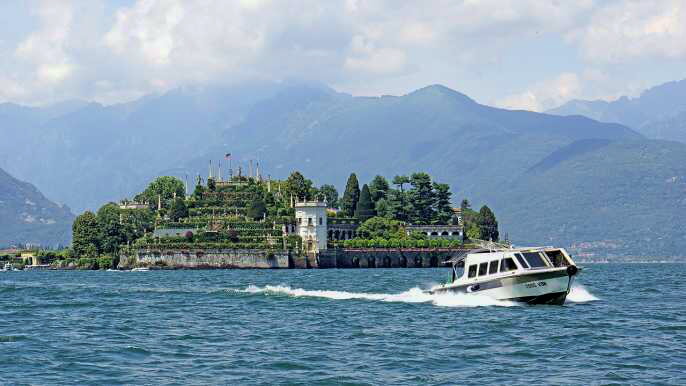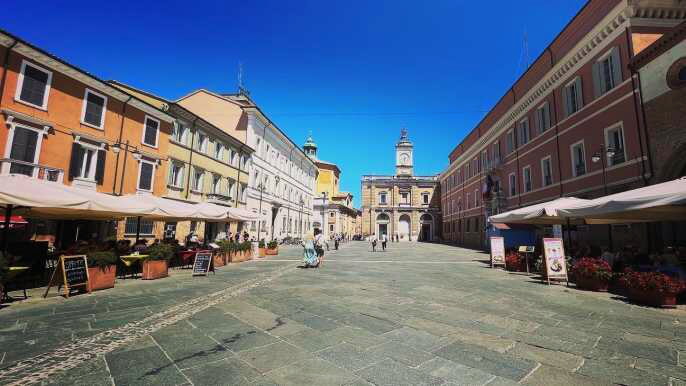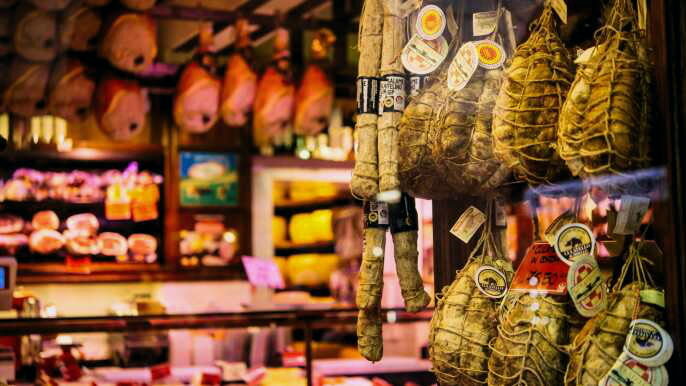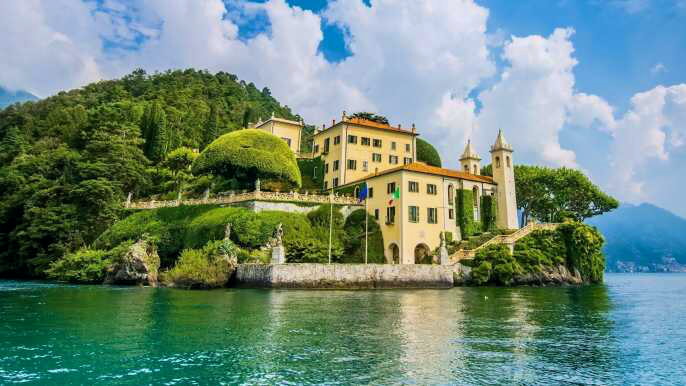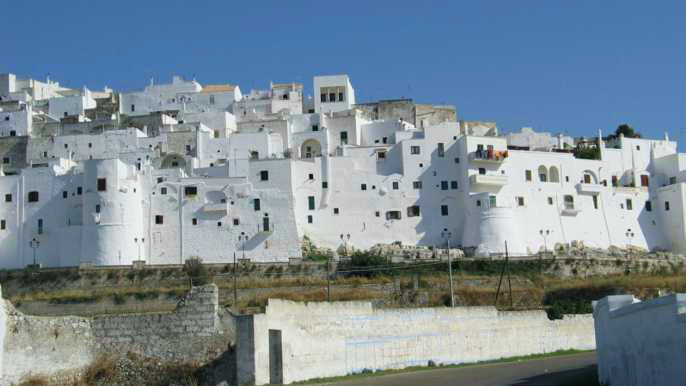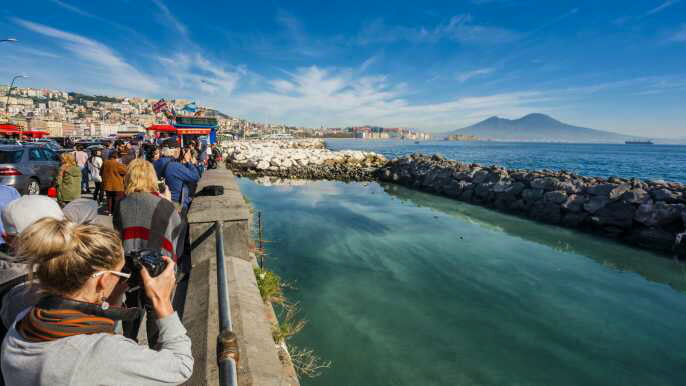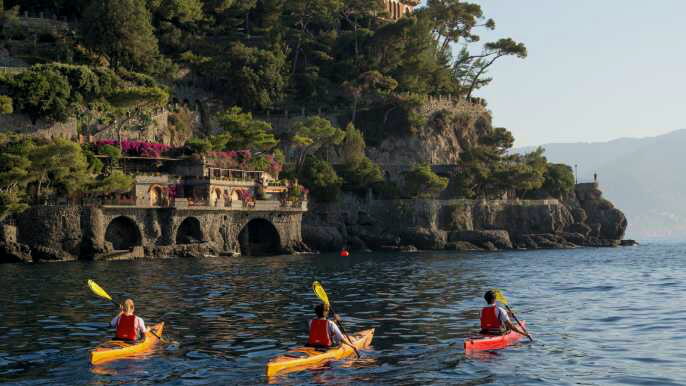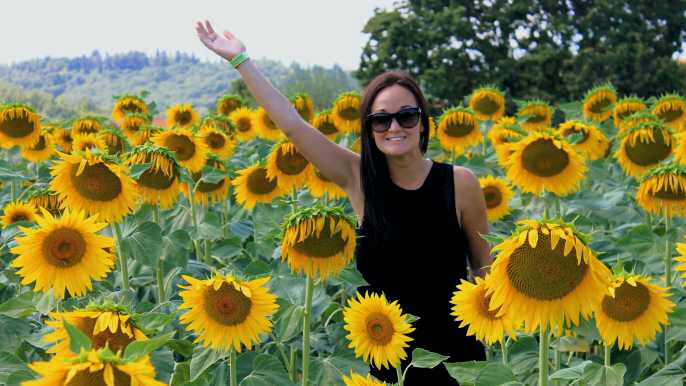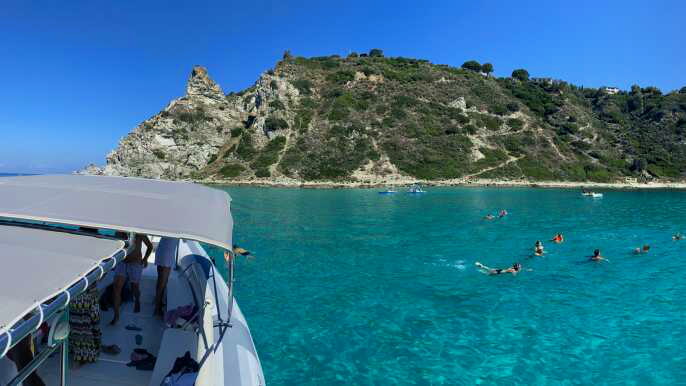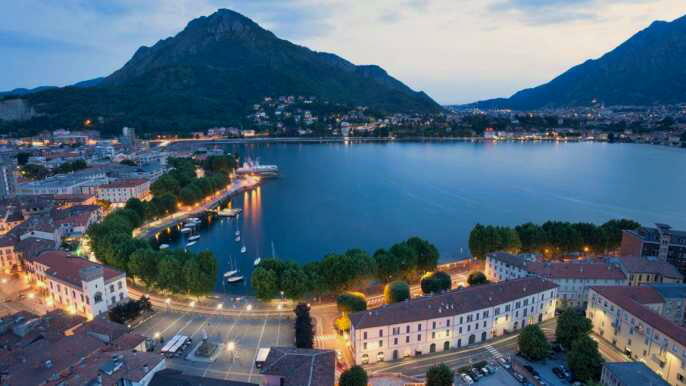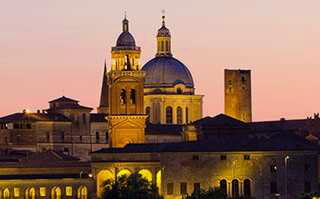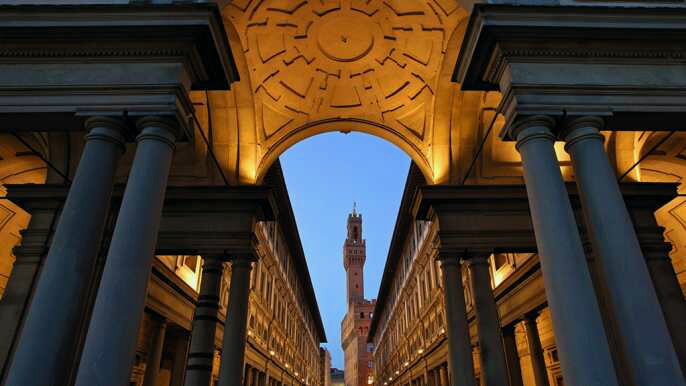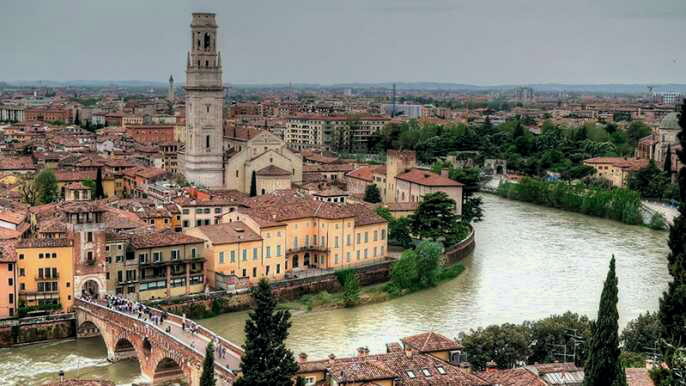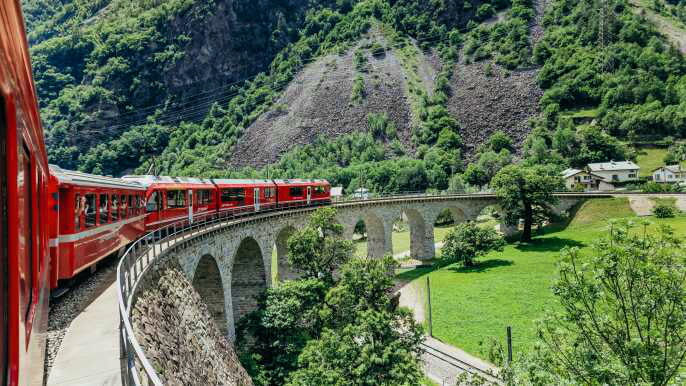If you're planning a trip to Cefalu, you'll be excited to know that this pretty town has plenty of things to do and see. From a Norman cathedral to a castle cliff, this picture-perfect Sicilian seaside resort has it all.
It's easy to feel like you're stepping back in time as you explore the narrow cobblestone alleyways and charming old architecture of the 'centro storico'. It's also worth seeing the archaeological area and walking out to the cross for stunning views of the Mediterranean Sea.
1. Duomo
One of the top things to do in Cefalu is visit the cathedral. It is one of the most beautiful churches in Sicily, and houses one of its most beautiful mosaics depicting Cristo Pantocratore (Christ All Powerful).
The cathedral is a must-see for every traveller who visits Cefalu, as it is an example of Norman Byzantine architecture unique to this part of Italy. The exterior is a work of art, with two soaring towers and mullioned windows.
It is a place that will definitely make your heart beat faster. Its arbour - built at the foot of La Rocca - is one of those places that unleashes romance and fantasy, allowing you to dream of adventures far in the sea.
The best thing about this historic town is that it is a great base for exploring the north east of Sicily, and also makes for a lovely day trip from Palermo, so we highly recommend making a stop here on your itinerary. The town is also home to some of the best hotels, B&Bs and self-catering apartments in Sicily, so there are plenty of options for all tastes and budgets.
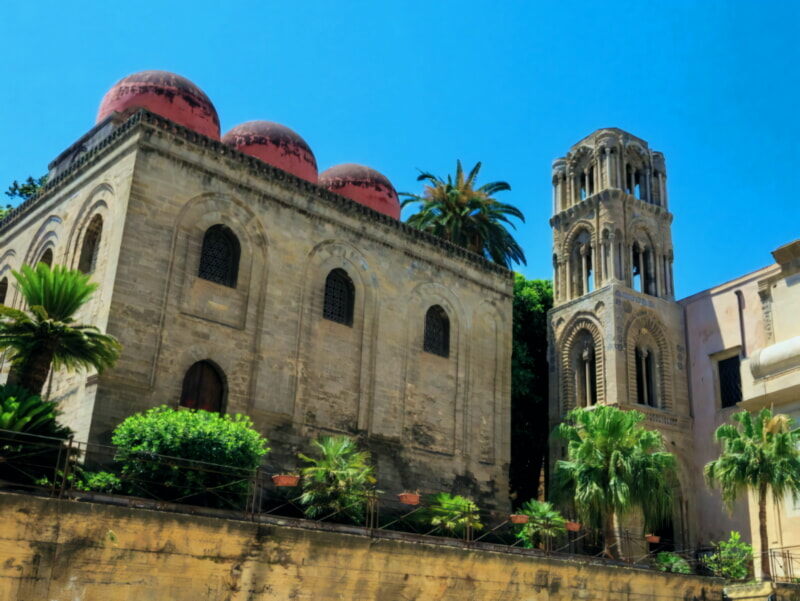
2. La Rocca
La Rocca (the rock) is a 268-metre cliff that overlooks Cefalu. It is linked to the myth of Dafni, the son of the nymph Dafnide and the god Hermes who swears to be faithful to her, breaks the promise and gets blinded.
A guided hiking trip through La Rocca Archaeological Park is a wonderful way to explore preserved history and natural splendor. The park offers stunning views of the sea and a temple dedicated to goddess Diana.
The upscale Hotel La Rocca Resort and Spa is a lovely property with a private beach a 15-minute walk or short shuttle ride away. Its 55 spacious rooms are charmingly traditional, with either ocean or garden views.
A free continental breakfast is served at the main restaurant, and a la carte dinners are also available. Food is good, with an emphasis on fresh ingredients. A calamari appetizer, served in a potato basket, is one of the best dishes to order.
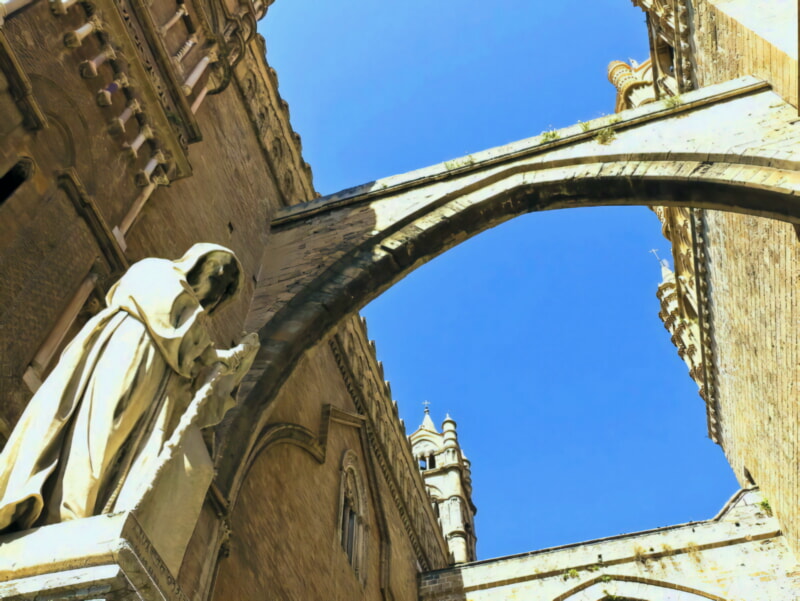
3. Lungomare Beach
Lungomare is the main sandy beach in Cefalu and is a popular choice for locals, as well as tourists. There are plenty of private lidos with sun beds and umbrellas to hire, as well as public areas where you can lie down for free.
The best part about Lungomare is that you can get a great view of the city centre as well as the rocky coast. It’s a great place to relax and enjoy the sunshine, as well as indulging in some delicious Sicilian seafood!
During summer it can be quite busy, so it’s best to visit during the off season. However, it’s a lovely beach and one that’s not overcrowded (there are few tourists) so it’s worth a trip!
You can also try one of the many local restaurants located right along the beach. A popular option is Kalura, which offers a wide range of traditional Italian dishes and fresh seafood. Another popular option is Caldura, which is renowned for its Sicilian specialties.

4. Museo Madralisca
Museo Mandralisca is the perfect place to visit if you want to see some stunning Sicilian art. It houses paintings from the 15th to 19th century, including some by Antonello da Messina and Giovan Battista Ruoppolo.
- You can also view some sculptures and collections of coins. One of the richest small-scale collections in Europe was gathered by Baron Enrico Pirajno.
- The museum is also home to a library, which holds over six thousand volumes of books and two priceless incunabulas (first printed books of the 15th century). A large part of it is dedicated to archaeological discoveries gathered from Lipari.
- The Mandralisca Museum is also home to a gallery of pictures from the 15th to 19th century, with paintings by Michele Ciacciofera and Antonello da Messina. Some of them are also a reflection of the local artistic culture, while others are more representative of Italian art in general.
